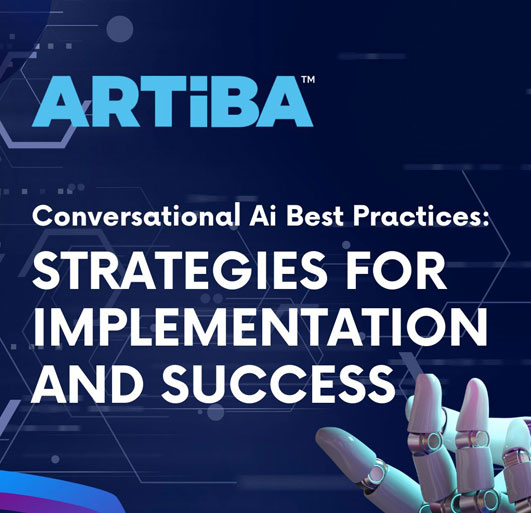Choosing Your First Programming Language: Python and Ruby

So, you’ve decided to take that once in a lifetime decision to jumpstart your AI Engineer career. You are:
A graduate armed with a degree or diploma in computer science, technology, business or other related fields that introduced you to the foundation of mathematics and statistics and you want to make the best out of what you’ve learned.
A student thinking ahead of your peers.
A young professional with tested mettle in the programming arena seeking to blazon to global employers the outstanding skills you’ve acquired over the few years you’ve been out there in the field.
Choosing the right language to learn and excel at can be the most crucial step in any programmer’s career journey.
Different unexplored worlds wait out there for programmers to explore and a programming language can be their best lens. Every language opens unique doors leading to many-sided possibilities.
In this article, we discuss the two most widely used languages in the programming world: Python and Ruby. With their origins in 1990s, both are license free and cross-platform. If this brings hope, then read along for a plethora of pleasant surprises both can bring.
But before we begin, a broad view of the mustn’t-miss basics:
Programming languages work on built-up objects that interact with each other.
-
Beginners often confuse languages and frameworks. A programming language is a set of rules for instructing a computer. Frameworks includes the set of tools and techniques built within a language.
All Hail for Ruby on Rails
Ruby is a high-level, fun to learn and general-purpose language. Because it is quick and any addition or alteration is super-fast to achieve in it, the language is a cherished choice of startups. Just to give you an idea - A Hello World dialogue that takes 5 to 6 lines in Java programming and more in C, takes a single ‘Hello world’ string in Ruby.
Rails is a comparatively new framework in the job market. Already established as a preferred framework for startups, it is now gaining popularity in larger corporations.
Ruby (the programming language) and Rails (the framework) are often used in combination and together they are called Ruby on Rails.
Ruby can run on Windows, Mac OS, and all UNIX versions. Ruby on Rails has an active community of collaborators. The community lends access to a wide range of official documentation and secondary learning stuff.
If you have used Hulu, Twitter, Basecamp, ZenDesk, Shopify, Bloomberg, Urban Dictionary, GitHub and Groupon, then you’ve already used Ruby on Rails.
Learning resources: Mike Hartl’s Rails Tutorial (available for free online), Learn Ruby the Hard Way by Zed Shaw
The Python Pie:
Python is a popular programming language with C developers. It is used to write a short script, build an API, or even build a complex object-oriented web spider.
Python works faster than Ruby. What makes Python different from other programming languages is the use of whitespace which isn’t used by the other programming languages.
Python has a large online community and its use cases include websites like Google, Pinterest, Yahoo Maps, YouTube, Dropbox, Quora, Venmo, and Reddit.
Learning resources: Google’s python class, Learn Python.org, Beginners guide to Python
Ruby and Python - Similarities and Differences
Though both are user friendly, Ruby is comparatively easier to pick from English.
Take a look at their similarities:
Object-oriented (Python is partially object-oriented)
Dynamic
Flexible
Interpreter free
Server-side scripting
Compatibility with multiple platforms
Suitable for web applications
Clean syntax
Ease of readability
Use of embedded doc tool
Can handle high-traffic websites
And here are their differences:
While Ruby uses multiple approaches, python uses only one. We’ve listed their trait-wise differences.

About the Dough
According to Indeed.com, an entry-level Python developer in the US bags an average base salary of USD 119,014 pa. Added to it is the USD 5,000 cash bonus. Other benefits include commuter assistance, health savings account, paid sick time, stock options and unlimited paid time off. If you have good communication skills, you can beef up the figure by 8.31 percent or more.
Python is used in Machine Learning and if you are working on the same then the above figure swells to USD 138,601.
In comparison, a Ruby on Rails developer, on average, draws USD 123,947 per annum. Additional benefits are at par with the Python developers. PayScale says that the demand for Ruby on Rails developers quadrupled in the past five years.
Career Roadmap
If you prefer a logic-driven field and choose to learn Python, you can get access to following fields:
Machine Learning and AI
Back-End Web Developer
Data Analyst or Data Scientist.
Ethical Hacker and Penetration testing.
Software Engineer/Developer
Ruby on Rails is an excellent choice to feed your creative streak. Web application is the most common use.
While both languages come with equal yet diverse benefits, Python’s usability in Machine Learning makes it preferred pick for engineers aspiring for AI certifications.







